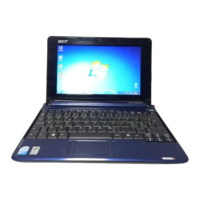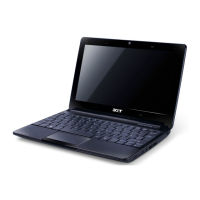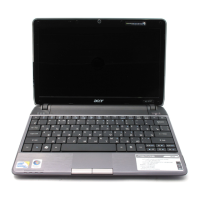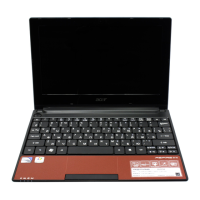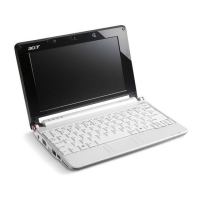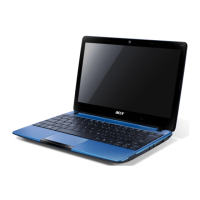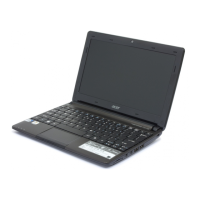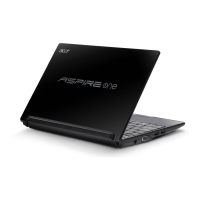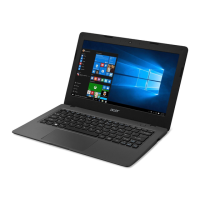What to do if my Acer Aspire one has no POST or video?
- HhansontinaJul 30, 2025
If your Acer Laptop is experiencing a No POST or Video issue, try the following: * First, ensure the internal display is selected. * Confirm the computer has power by checking if the fans start or status LEDs light up. * Drain stored power by removing the power cable and battery, then hold the power button for 10 seconds. * Connect an external monitor and switch between displays using Fn+F5. * Disconnect power and all external devices. * Reseat the memory modules. * Remove the drives.






